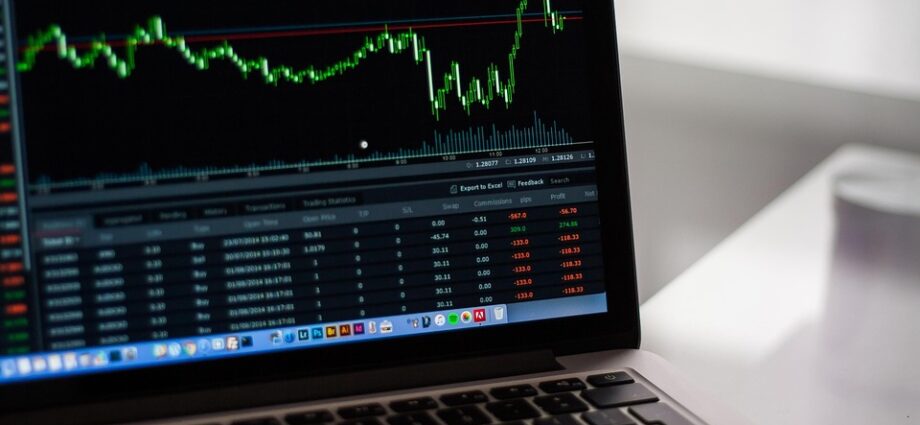Understanding the Impact of Extended Hours Trading on Stock Market Volatility
The stock market operates under a structured schedule, typically from 9:30 AM to 4:00 PM EST for major exchanges like the New York Stock Exchange (NYSE) and the NASDAQ. However, with the advent of technology and the evolution of trading platforms, extended hours trading has become a significant component of the financial system. This article explores the implications of extended hours trading on stock market volatility, considering its advantages and drawbacks.
What is Extended Hours Trading?
Extended hours trading refers to the ability to buy and sell stocks outside the regular trading hours. This period encompasses both pre-market trading (before 9:30 AM) and after-hours trading (after 4:00 PM). While extended hours trading provides investors with greater flexibility and access to the market, it also introduces unique risks and challenges.
Increased Market Access
One of the primary benefits of extended hours trading is the increased access it provides to investors. Traders can react to news events, earnings reports, or geopolitical developments that may occur outside regular trading hours. This accessibility allows for more timely decision-making and can lead to a more efficient market.
However, this increased access can also exacerbate volatility. During extended hours, trading volumes are generally lower than during regular hours, which can lead to wider bid-ask spreads. As a result, even minor news events can cause significant price swings in individual stocks.
Impact on Volatility
The relationship between extended hours trading and volatility is complex. On one hand, the ability to react quickly to news can help stabilize prices. On the other hand, the lower trading volume during these hours often leads to heightened volatility.
Studies have shown that stocks can experience larger price fluctuations in the pre-market and after-hours sessions. Since fewer shares are traded, even a small order can move the market significantly. This phenomenon can create challenges for investors who may be looking to execute trades at specific prices.
Price Discovery and Information Efficiency
Extended hours trading also plays a role in the price discovery process. The ability to trade on new information can lead to quicker adjustments in stock prices. However, this rapid response can sometimes result in mispricing, particularly if the market reacts impulsively to news without fully digesting the implications.
Moreover, the information available during extended hours can be uneven. While some investors may have access to real-time news and analysis, others may rely on outdated information. This disparity can lead to inefficiencies and further contribute to volatility.
Regulatory Considerations
Regulatory bodies have been monitoring the effects of extended hours trading. The lack of standardization in trading practices and the potential for increased volatility have raised concerns about market integrity. As such, exchanges have implemented various rules to mitigate risks, including limitations on the types of orders that can be placed during extended hours and the requirement for greater transparency.
Strategies for Navigating Extended Hours Trading
For investors looking to navigate the complexities of extended hours trading, several strategies can be beneficial:
1. **Stay Informed**: Keeping abreast of market news and events that could impact stock prices is crucial. This includes earnings announcements, economic reports, and geopolitical developments.
2. **Limit Orders**: Using limit orders instead of market orders can help investors avoid the pitfalls of wide bid-ask spreads in a less liquid market.
3. **Monitor Volume**: Awareness of trading volume can provide insights into potential price movements. Low volume often indicates higher volatility.
4. **Risk Management**: Implementing effective risk management strategies, such as setting stop-loss orders, can help mitigate losses during volatile periods.
Conclusion
Extended hours trading has transformed the landscape of the stock market, offering both opportunities and challenges for investors. While it enhances access and allows for quicker reactions to news, it also introduces greater volatility due to lower trading volumes and potential inefficiencies. Understanding these dynamics is essential for investors looking to navigate the complexities of the modern trading environment. As the market continues to evolve, staying informed and employing strategic trading practices will be key to success in extended hours trading.
